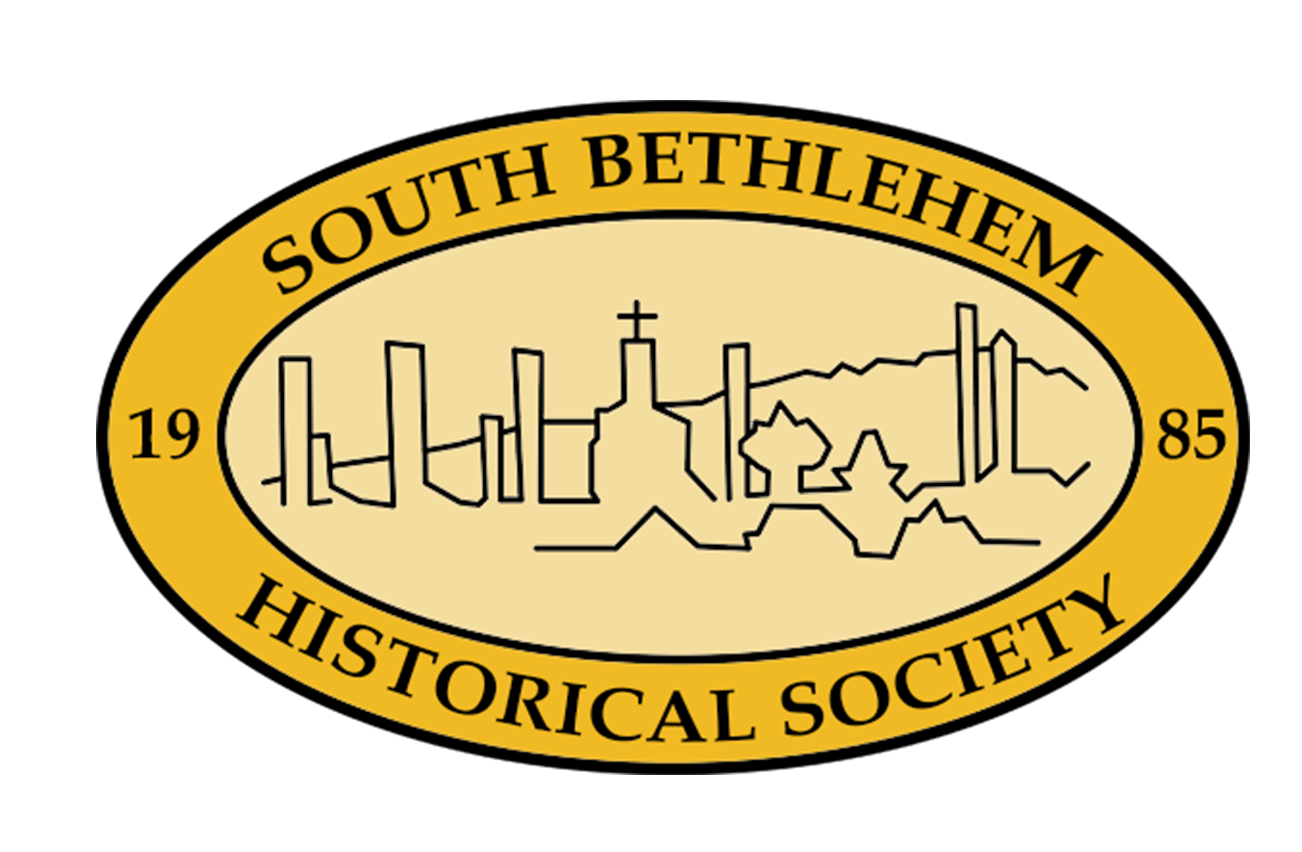Commemorating 150 Years:
Holy Infancy Church
Emergence of a Parish

Lithograph of the second edifice of Holy Infancy, built in 1886.
Courtesy Holy Infancy Parish
With an Irish labor force working on the Lehigh Valley Railroad and the iron company in the 1850s, it was not until 1861 the Most Rev. James Frederick Wood (1813- 1882), fifth bishop of the Philadelphia Diocese, established Holy Infancy as a parish in the village of Bethlehem South with permission to build a “territorial” church in the Diocese.
Technically, this appointment had no bearing on its predominantly Irish congregation living in the Third Ward, or on any other of its ethnic people: Belgian, German, English, Welsh, French, Swedish, Italian or Polish. It was the “mother church,” open to all nationalities of Catholics within the territory of South Bethlehem.
In 1862, Rev. Michael McEnroe was appointed pastor of Holy Infancy and later resided in the rectory built on the southwest corner of Locust and E. Fourth Sts.
Establishing An Identity
While both Holy Infancy Catholic Church (1864) and the Episcopal Church of the Nativity (1865) were under construction in South Bethlehem, the name “Nativity” was first chosen by the Catholic congregation; later, they relinquished use of the name in favor of “Holy Infancy.”
South Bethlehem’s first Burgess, James McMahon (1865-1866), a respected Irish citizen, had been an active participant in the organization of the borough’s first Catholic church.
Patrick Briody, an Irish immigrant who came to America in 1850, was also a dedicated founding parishioner of Holy Infancy Church. Like him, many community leaders of Irish decent contributed to the community by the close of the century: John Donegan, Charles Quinn, James Broughal, Thomas O’Reilly, to name a few.
The First Holy Infancy

JamesMcMahon
Construction of the church began in 1863; it measured 40 feet by 80 feet and was located on the corner of Locust St. (now Taylor) and E. Fourth St. It was dedicated by Bishop Wood in 1864. After its completion, a plot of 2.5 acres lying on South Mountain was donated to Holy Infancy Church by Asa Packer for a cemetery in 1867. The first interment was that of James Griffin in what is now St. Michael’s Cemetery—the burial site of at least 26 nationalities.
In 1877, Rev. Philip McEnroe succeeded his brother, Michael as pastor; in time, he saw the growing congregation in need of a larger church. By 1882, Bishop Wood, now elevated to first Archbishop of Philadelphia, gave approval to begin work on the larger Holy Infancy Church to be built on the site of the existing structure.
A New Edifice
Designed by Philadelphia architect Edwin Forrest Durang, the new Gothic Revival church measured 67 feet by 147 feet and was built of stone in the Perpendicular Style. A cross topped the distinctive, centrally located 196-foot spire, later lowered and modified during WWII.
The church bell was donated “to the Church of the Holy Infancy, South Bethlehem, by three friends of the pastor [Rev. McEnroe] and his people.” The donors were William W. Thurston, John Fritz and Samuel Adams.

Italian immigrant painter, Philipo Costaginni.
James Wohlbach headed construction, John Stewart Allam provided the church’s carpentry work and millwork was furnished by Ritter & Beck—all of South Bethlehem.
The interior wall behind the altar featured three paintings: the central “Crucifixion” painted by Philipo Costaginni (1839-1904), and two others flanking it, painted by Constantino Brumidi (1805-1880)—both Italian immigrants trained at the Accademia di San Luca in Rome, Italy.

Holy Infancy interior with triptych paintings behind the altar. Brumidi painted the two frecos flanking Costaginni’s center
When completed in 1886, the second Holy Infancy Church was dedicated by Archbishop Patrick John Ryan. Toward the end of the century, Holy Infancy Church offered Mass in languages other than English for an ever-increasing ethnically-diverse congregation.
The Ethnic Churches
During the 1880s, Rhineland, German- born Rev. William Heinen, came to South Bethlehem by way of Mauch Chunk and Lansford, coal regions of Carbon County. He believed the Philadelphia Archdiocese lacked stewardship in providing spiritual guidance to Slovaks, Hungarians, and Italians— Roman Catholic immigrants from eastern and southern Europe. These immigrants later created a rich and diverse cultural mix to what is now the city of Bethlehem’s South Side. In the early part of the last century, the influx of these diverse nationalities settled in South Bethlehem, having been lured by jobs at the Bethlehem Steel Co. New ethnic parishes formed to fit the needs of these non-English speaking immigrants and were recognized by the Diocese:
- Holy Ghost (German) 1871;
- Ss. Cyril and Methodius (Slovak) 1891;
- Our Lady of Pompeii of the Most Holy Rosary (Italian) 1902;
- St. John Capistrano (Hungarian) 1903;
- St. Stanislaus (Polish) 1906;
- and St. Joseph (Slovenian/Windish) 1913.
Today, Holy Ghost and Ss. Cyril and Methodius (now Incarnation of Our Lord Parish) are the only two Catholic churches originally founded by ethnic groups that still exist in South Bethlehem.
At 150, Holy Infancy remains the first Catholic church established by the Diocese before South Bethlehem became a borough. Today, the church not only continues serving an English speaking, multi-cultural congregation but also includes its Spanish-speaking members from Mexico, the Dominican Republic, Central America and Guatemala; and Portuguese-language members from Portugal and Brazil.
To mark its 150th anniversary, Holy Infancy parish celebrates with various activities planned throughout 2011.
